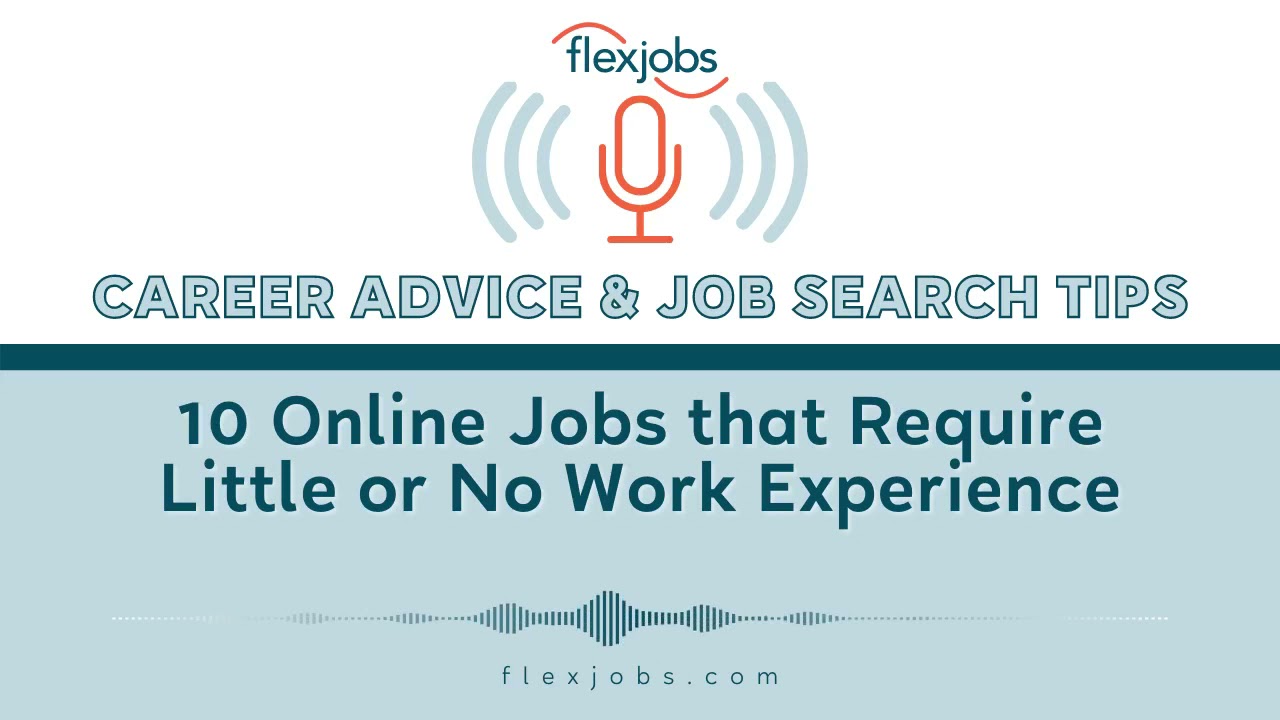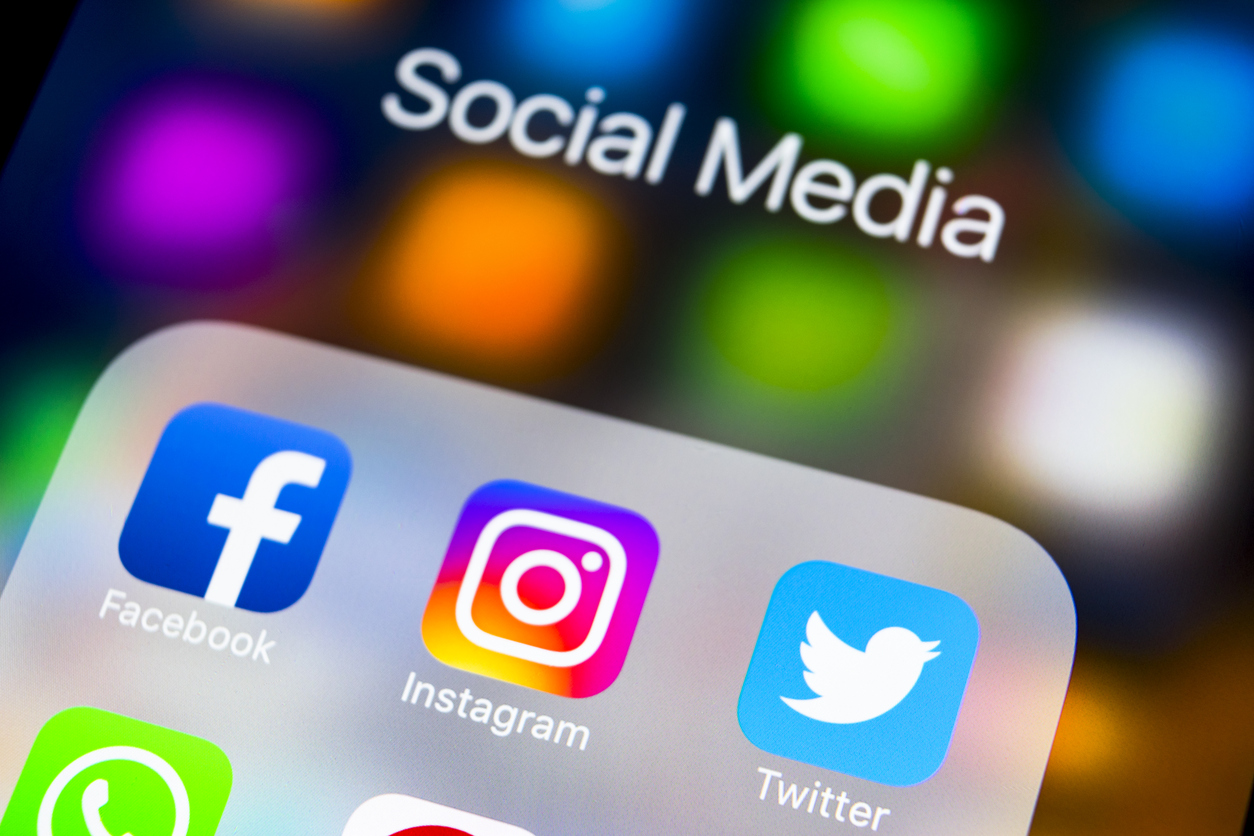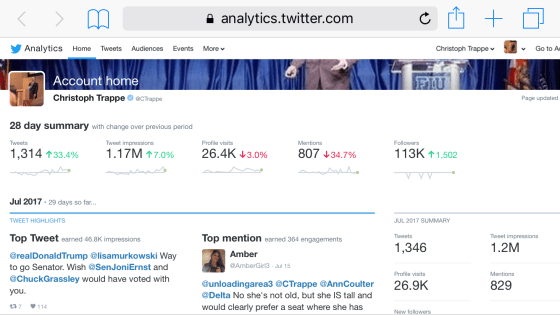
Traditional marketing is an effective strategy. A salesperson can perform demos or personal sales calls to help potential customers decide if your product is right for them. Customers prefer to deal directly with someone they know, rather than an impersonal corporation. And, this strategy is also quite cost-effective. This article will examine the drawbacks and benefits of traditional marketing. These are the best ways to use traditional marketing. And what can you do to avoid wasting money on ineffective advertising?
Traditional marketing is still relevant and effective, but digital marketing has not replaced it.
While digital marketing has replaced many traditional marketing techniques, there are still a few areas where traditional marketing is still effective. Outdoor advertising, one of the oldest forms, is a form of marketing that reaches customers through printed media such as billboards or magazines. These ads are able to reach a large number of people who spend considerable time in their car. One study shows that almost seventy percent (or 73%) of Americans make a purchase when they commute. In fact, thirty percent of drivers visited a business after being prompted by a billboard.

Digital marketing doesn't replace traditional advertising. However, most businesses find that they can use a combination of both. Digital marketing can be combined with traditional advertising, such as website development, social networking marketing, banner ads, video content, and banner ads. Digital marketing is similar to traditional advertising except it is online and not in print. Digital marketing is continually evolving and has many benefits. Although traditional marketing isn’t completely obsolete, it’s still an option for businesses that wish to reach a wider audience quicker.
It's still quite effective.
While digital media has changed the way Americans consume information, traditional marketing still works well, especially for reaching a specific demographic. This group includes people in their 50s and 60s, as well as consumers of the upper-middle classes. Television advertising, for instance, can reach 70 percent of the country daily and almost all within a single month. Direct mail has a success ratio of 4.4%, and a failure rate 0.12%.
While more people are now using the Internet to do business, many potential customers don't have internet access and are not well-versed in digital marketing. Traditional marketing is still an effective way to increase brand awareness and build a loyal customer base. There are many reasons traditional marketing is still effective. These are just a few:
It's costly

Traditional marketing methods include radio ads, billboards and print ads. Each is a significant investment, and the costs can add up quickly. Traditional marketing is not able to track your ROI like online or mobile advertising. All costs associated with TV commercial production, radio advertising, billboard space, voice talent, print materials, and other media are included. The costs of traditional marketing can prove to be prohibitive for small companies. It is vital to understand what this type if marketing looks like.
The cost of traditional marketing tends out to be higher than digital marketing. This is because traditional advertising is static and does not allow consumers to interact immediately. It's more of a broadcast and an attempt to convince someone to react to it. Traditional marketing takes more manpower because it is a one-way communication. Despite its limitations it is still a great way to get better results over time.
FAQ
How many hours should I devote to content marketing each week?
It all depends upon your situation. You might not have to spend much time on content marketing. If you are trying to attract traffic to your site, however, you may need to invest at least 1 hour each day.
What Content Marketing Strategy is right for me?
If you already know your message, then a Content Marketing Strategy works perfectly.
However, if you need some guidance before getting started, here are a few questions to ask yourself:
Does my business need to communicate something specific? Or, do you want content that is universally appealing?
Do you want to concentrate on generating leads?
Is it one product I am trying to promote or multiple products
Are you interested in connecting with people outside my industry?
If you answered "yes", to any one of these questions, then a content marketing strategy is just what you want.
What's the main purpose of content marketing
Content marketing is about creating valuable and relevant content for customers. This can be done via email campaigns, blog posts, white papers, and other channels. It is important to provide value to your target audience.
Content marketing requires a large budget.
It all depends on the size and stage of your business. Small businesses often start with no dedicated resources. As they grow, small businesses realize the importance of a solid content marketing strategy to increase sales and customer engagement.
When you partner with a content marketing agency or freelance writer, you'll get access to a wide range of tools and expertise. These professionals can help identify problems and opportunities within your organization to guide the development of your content marketing program.
A solid content marketing strategy will allow you to make enough money to cover production costs and still have the flexibility to invest in other areas of your business.
Can I do content marketing without an SEO expert? Yes!
SEO experts know how search engines like Google rank pages. They can also tell you which keywords to target when optimising your page.
Why should I do content marketing?
HubSpot reports that the average person spends almost two hours per day reading content, on social media and in their newsfeeds. They also watch TV, read magazines, browse websites, listen to podcasts, or look at newspapers. That's a lot to spend time with content!
Statistics
- Progress indicators (0–100%) allow each team member to see how attainable each goal is and understand what remains to be accomplished. (semrush.com)
- Seventy-two percent business to business (B2B) (mailchimp.com)
- This marketing strategy landed Ford a 15.4% conversion rate. (neilpatel.com)
- We found that 40% of businesses don't have a documented strategy yet. (semrush.com)
- An example of an overarching goal could be: "In 2022, we want to achieve a 20% increase in revenue created by organic content and generate 15,000 MQLs with a budget of $30,000." (semrush.com)
- Forty-seven percent of buyers view 3 to 5 pieces of content before engaging with a sales representative. (mailchimp.com)
- Companies that use content marketing see approximately 30% higher growth rates than businesses not using it. (mailchimp.com)
- According to our research, 65% of companies with very successful content marketing in 2021 ran content audits at least twice a year. (semrush.com)
External Links
How To
How can I make my videos more impressive?
Video Marketing can be one of the most powerful tools within Content Marketing. It helps you get closer to your audience, engage them emotionally and build trust. But how can we transform boring into something amazing? Let's get down to it!
-
Tell a story. Every piece of communication is better if it has storytelling. Without storytelling, video marketing is not possible. Telling stories is only possible if you are open to telling them. Are you looking for something that is entertaining? Educational? Inspiring? Social media is full of people telling their stories through photos and videos. Use these stories as inspiration to create your own.
-
Use images. Images convey emotions better than words. They allow us to connect with others and feel empathy. Don't forget images! You have two options: add images to your slideshows and embed them in your blog posts.
-
It's easy to share. It's important to make it easy to share your message with others. Your videos should include sharing buttons. Add social icons to your slideshows. You can also add "Share" boxes to videos if your channel is YouTube.
-
Don't overdo it. Your viewer may lose interest if you use too many graphics or too much information. Keep it simple. Few striking images will suffice to grab attention and hold it.
-
Keep it short. People love watching short videos. Make short videos, no more than 5 minutes, to build buzz around your brand.
-
Get feedback. Listen to your audience. Ask them about what works for them and what doesn’t. To improve your content, use their answers.
-
Make a plan. When you have completed your first video, start thinking about how you can make more. Can you create a series? Maybe you can create a playlist with the most watched videos?
-
Test, test, test. It's not what you want. Test it with your audience before you release any video. You will be surprised at the reaction you get. Based on your results, make changes.
-
Repeat. You can repeat steps 1-8 until your formula is perfect. Once you understand what works, you will be able to make great videos over and over again.
-
Measure the results. It's important to measure the success of your videos. How did they perform? Are there certain types of audiences that prefer watching specific types of videos? These questions will help you optimize your strategy.
-
You can adjust as needed. Do not stop learning even after your video campaign launches. Learn from your mistakes, and make adjustments as needed. Marketers who are the best always seek out ways to improve.
-
Enjoy it. Video marketing isn't hard, but it does take patience. With experience you will discover new strategies, techniques, ideas, and methods to help you grow business.